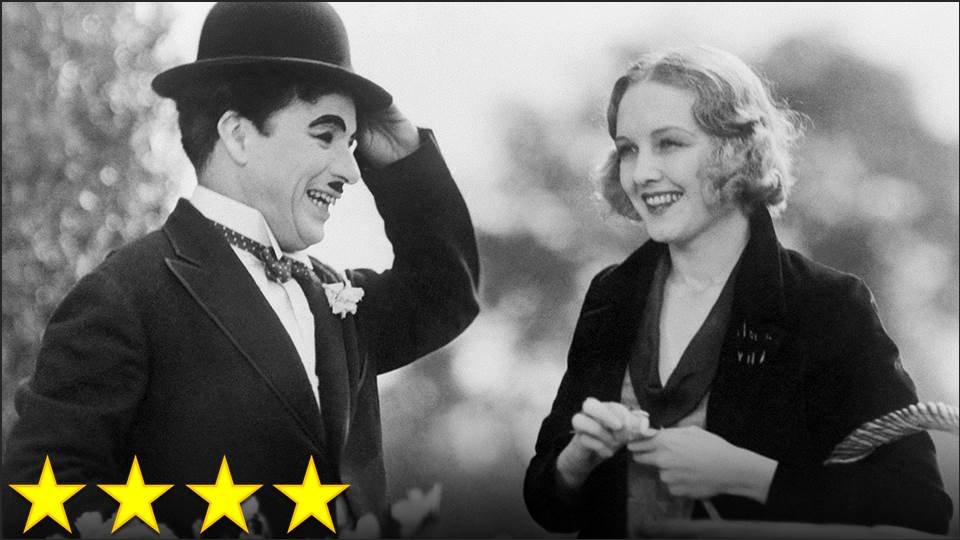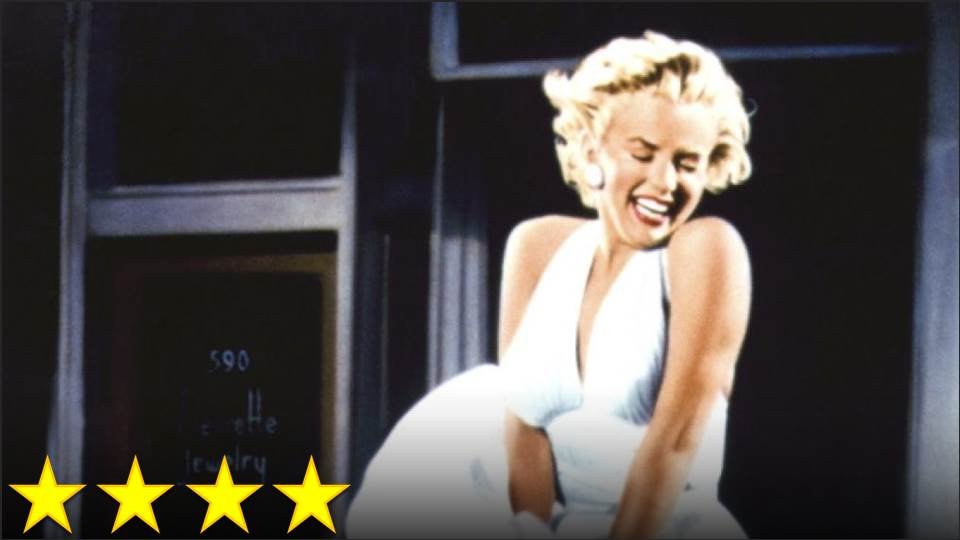Because I’m a film student, and because I have a particular fascination with comedy films, I am sometimes asked which movies make me laugh out loud. As much as I enjoy laughing, I must confess that very few comedy films – even the greats – consistently succeed at getting a big belly laugh out of me (purposely, that is). Fortunately, I now have one more movie that does the trick for me, which shouldn’t be unexpected seeing as how Tootsie is considered one of the greatest and funniest comedies of all time. With this in mind, it seems strange and surprising that Tootsie is such a cliché film, filled with most of the Hollywood tropes of comedy cinema from the past four decades. I wasn’t sure I was in the mood to see another movie about a man dressing in drag, but somehow, in spite of its lack of originality (and perhaps general weakness) as a story, it’s one of the smartest movies I’ve seen in a long time.
I am a firm believer in the John Cleese doctrine that “all comedy is critical,” but this movie showed me just how well the “observational comedy” of the stand-up comedian – comedy that starts with “Have you ever noticed . . .” and ends with “What’s up with that?” – converts to cinema. This film is a captivating study in the psychology of gender, revealing that the way we think about men, women, and romance is very different from the way that we think we think about them. The story repeatedly emphasizes just how difficult it can be to be a woman, and better yet, it does so without being preachy. Even with a too-familiar story and some really cruel characters – as are common for romantic comedies – the perfect performances by this stellar cast sell everything flawlessly. While this is nothing ground-breaking, no proper study of the assumptions we make about gender is complete without viewing this film, and just importantly, Tootsie is purely and simply fun.






